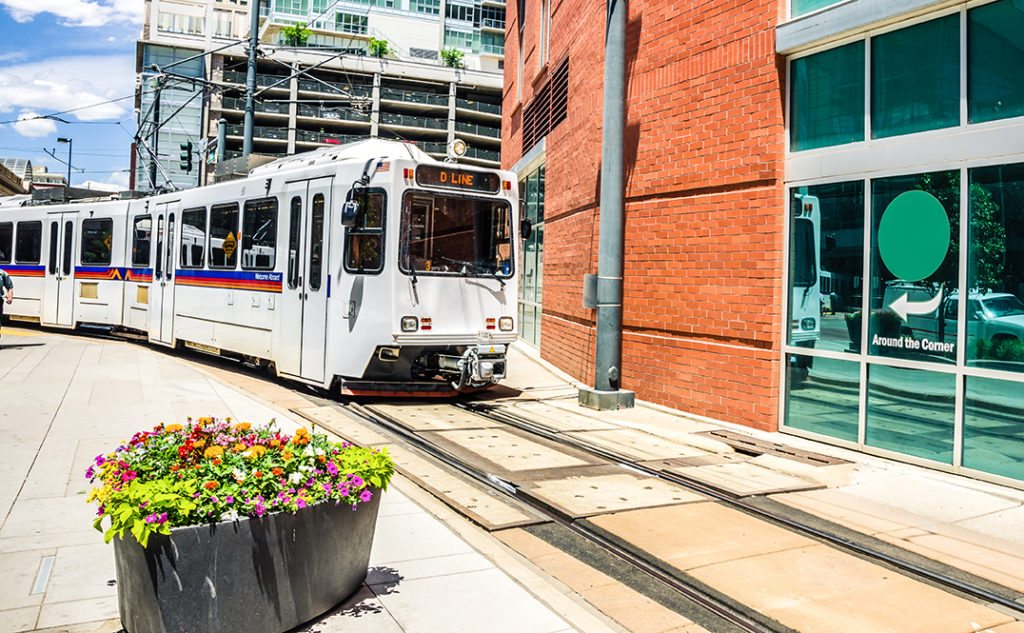Public Transportation Picking Up Among Suburban Apartment Renters

The commute choice of apartment renters appears to be at a tipping point — more recent suburban renters are ditching their cars for rides on the train or bus.
Driving Predominant in Suburban Areas, Transit Key in Urban Areas
The new suburbia has grabbed the imagination of apartment watchers and developers for several reasons.
Combined with creative new ways of linking residential development with regional transit, local suburban governments proactively project quality of life to potential renters from the urban core areas. They have especially targeted young families with children who are looking for cheaper rents, better schools and more space.
As a result, a greater number of new renters across both suburban and urban locations in the Top 15 US metro areas are taking public transportation to work, according to the Census Bureau.
However, driving to work remains entrenched as the most popular choice for commute across small and large apartment buildings, and across urban and suburban locations, as shown below.
Given the concentration of the largest apartment developments in expensive and transit rich locations, small building renters have comparatively higher rates of driving to work – 12% higher in urban locations and 5% higher in suburban areas compared to larger buildings.
Also shown in the data is that public transportation remains crucial for apartment renters living in urban locations across both small and large buildings, with more than twice as many individuals relying on public transit that what is seen in the suburbs.
Public Transportation a Growing Choice
At the same time, suburban areas are also showing signs of departure from historical trends, as more renters now appear amenable to public transportation.
As shown below, small building renters choosing public transportation in suburban areas grew at an annual rate of 16% between 2014 and 2015, compared to only 3% for driving. Walking to work also grew faster at an annual rate of 7%.
The above trends present emerging and supportive evidence for new ways to think about the location of apartments. Tracking regional investments and public policy support for improving regional transit connectivity should be of great interest to property developers and investors.

